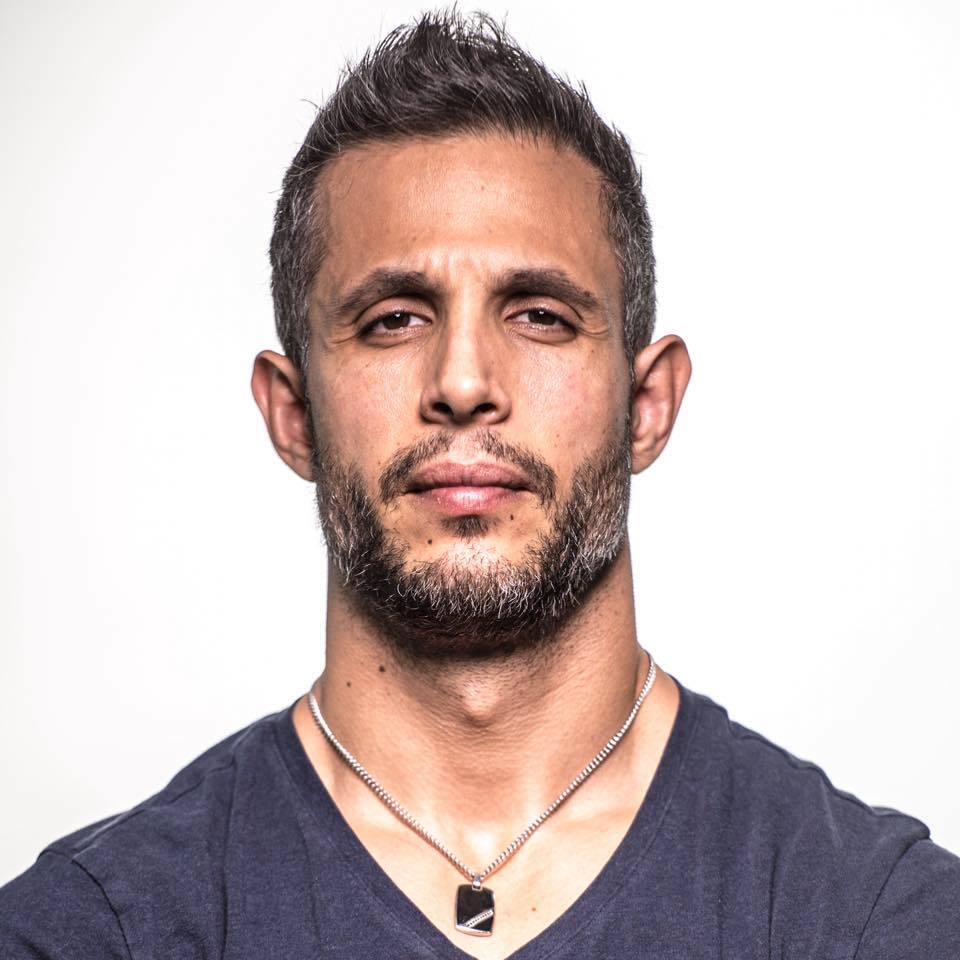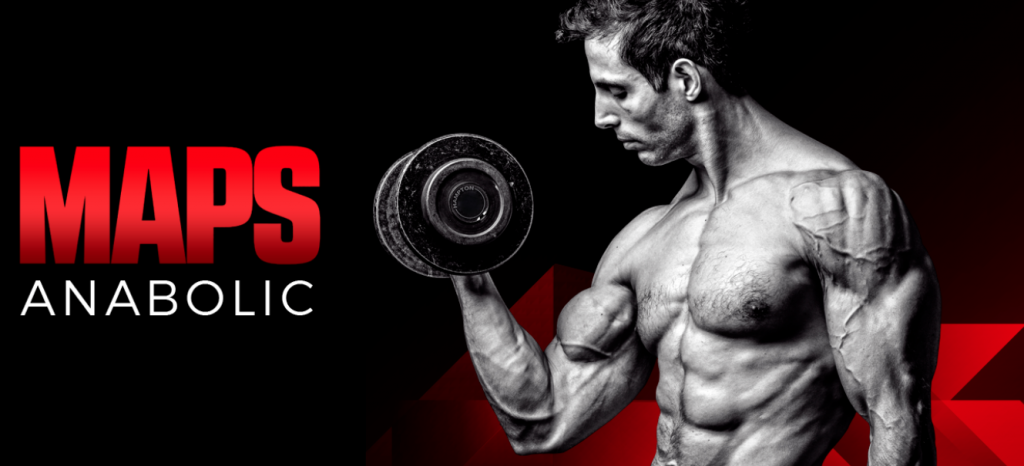
How Phasing Your Workouts Leads to Consistent Plateau Free Workouts
Nov 21, 2017 mindpumpI have been training people and their trainers for over 20 years and one of the most common questions I get is “why did my body stop responding to my workout?”
“Newbie gains.” We have all experienced them. It’s those fast and furious gains that most of us experience when we first start a new program. Unfortunately, at some point (usually after 4-9 weeks) that progress slows down until it comes to a grinding halt. This frustrating process is EXTREMELY common and it is one of the main reasons people stop working out. Even after increasing the intensity of the workout with more exercises or with more sheer willpower your body simply won’t budge. Why?
It’s all about ADAPTATION(click here to view our MAPS programs). Weight training is perceived as a stress on the body. When you lift a heavy weight with intensity it causes micro tears within muscles (this is why you get sore). Your body heals these micro tears and then overcompensates with more strength and muscle size so that the same or similar stress doesn’t cause damage again. Your body adapts to become more resilient to the stress of your workout. At first the body adds muscle and strength. However, over time, it becomes accustomed to this stimulus and it stops overcompensating. It still heals but it never adds anything new. Now you are stuck in the “breakdown recovery” trap where you damage muscle and get sore and the body heals the damage but you haven’t progressed. Your body has finished its main adaptation in this case and isn’t properly stimulated to overcompensate again. At this point you may be wondering why the body doesn’t want to add muscle easily…
Muscle is a very active and expensive tissue. If you have more of it then your body needs more calories to sustain itself. This means you need to eat more calories and nutrients which isn’t really an issue in modern times but lets not forget the following…your body is the result of evolution and a large part of that evolution occurred during a time when food was scarce. Knowing this makes it easy to understand why the body doesn’t want to become more calorie dependent…its goal isn’t to be big and muscular…its goal is to meet demands in the most efficient calorie sparring way possible. When your workout routine doesn’t change on a FUNDAMENTAL level then your body wont change. Its that plain and simple. HOWEVER if you understand how the body adapts and you target different but complimentary types of adaptation you can signal the body to build muscle consistently until you reach your genetic limit.
This is where PHASING comes into play. When you phase your workouts you create several small “mini cycles” or workouts within your workout. In other words you design workout plans that are 3-4 weeks long and then move to another that is different in its goals but similar enough so that you progress towards the ultimate goal of building muscle. Some examples of adaptation targets that also result in muscle building are: maximal strength, muscle fiber growth and “the pump.” The best training program for one of those target adaptations is different than what a program would look like for the next however if you string them together in the proper order you will see muscle growth in each phase. Once you finish with one phase you move on to the next and so on. The results are SUPERIOR with phasing in this fashion.
Maximal strength. This adaptation calls for training in the low rep range of 1-5 reps and longer rest periods of two to three minutes between sets. The main focus of training for this adaptation is the central nervous system (CNS). Think of the CNS as an amplifier and your muscles as speakers. The CNS drives the contract and lift signal to the muscles and if you train it right you get muscles that fire forcefully and efficiently which results in strength. The CNS is extremely important for muscle size as well…a muscle that has a good CNS signal can lift more weight and will respond better to the damage that was caused by your workout.
Muscle fiber growth. This is the adaptation that results in the actual growth of muscle fibers. Training for pure muscle growth calls for training in a higher rep range of 8-12 reps with a slightly faster rest period of one to two minutes.
The pump. Also known as “transient sarcoplasmic hypertrophy” – this is the feeling you get when your muscle gets pumped and full of blood from a good workout. Although this feeling and effect are temporary there is both clinical and lots of anecdotal evidence that training for a pump also stimulates muscle growth. In fact if you consider that most of the size of your muscles isn’t from muscle fibers themselves but rather from all of the non-muscle fiber structures and fluids that fill your muscles its easy to connect the dots. Training for the pump requires higher reps of 15-20 and short rest periods no longer than 30 seconds.
Here is what those three phases look like when you put them together:
Weeks 1-3:
1-5 reps with 2-3 minute rest between sets
Weeks 4-6:
8-12 reps with 1-2 minute rest between sets
Weeks 7-12:
15-20 reps with 30 second rest between sets
If you put those three phases of training in your routine and you focus on each for a period of 3-4 weeks you will see faster and more consistent results than if you follow a typical weight training routine. Once you start sending the RIGHT signals to the body it will respond and change.
Check out our program MAPS Anabolic, to get started with phasing your workouts properly:

Author:Sal Di Stefano
Sal is one of the hosts of the Mind Pump podcast. At age 18 his passion for the art and science of resistance training was so consuming that he decided to make it his profession and become a personal trainer. By 19 he was managing health clubs and by 22 he owned his own gym. After 17 years as a personal trainer he has dedicated himself to bringing science and TRUTH to the fitness industry.







